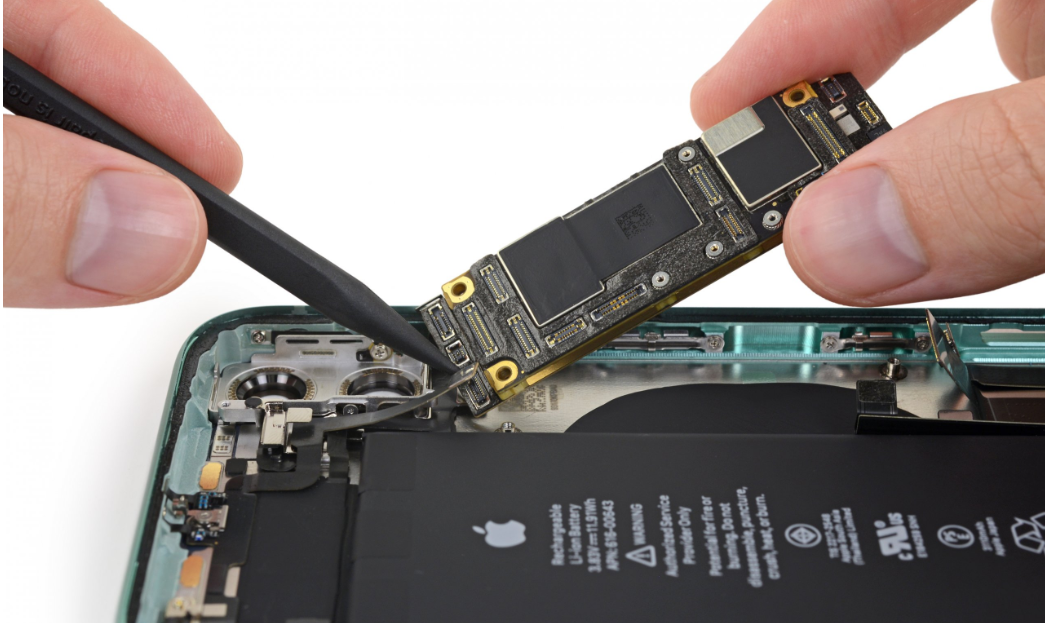
The mobile phone repair industry is currently undergoing significant transformations that are shaped by technological advancements, market dynamics, evolving consumer demands, and economic environments. Below is a detailed analysis of these transformations in English:
Technological Transformations
-
Advancements in Repair Techniques: As mobile phone technology constantly evolves, repair techniques must also adapt. The new phone structures, materials, and technologies pose higher requirements for technicians' skill levels. Technicians need to continually learn new technologies and master repair methods for new devices to stay relevant in the market.
-
Upgrades in Repair Tools and Equipment: To enhance repair efficiency and quality, repair shops are updating and upgrading their tools and equipment. For instance, adopting more advanced diagnostic devices to identify phone faults and utilizing more efficient repair tools to reduce downtime.
Market Transformations
-
Changes in Market Size: While the smartphone penetration rate continues to grow, the decline in the smartphone sales market has impacted the mobile phone repair industry to some extent. Nevertheless, due to the increasing functionality, decreasing prices, and heightened user dependency on smartphones, the mobile phone repair market maintains a steady growth trajectory. According to relevant reports, the mobile phone repair market has reached a scale of tens of billions of dollars.
-
Market Competition Landscape: The mobile phone repair market is dominated by two types of enterprises: OEM manufacturer-authorized repair shops and third-party mobile phone repair shops. OEM-authorized shops leverage their brand and technological advantages to occupy a significant share of the market, while third-party shops gradually erode market share with their price competitiveness and flexible service approaches. Market competition revolves around pricing, service quality, and repair speed.
Consumer Demand Transformations
-
Diversification of Service Needs: As users' reliance on smartphones increases, so do their demands for mobile phone repair services. These demands extend beyond accidental damage or malfunctions to include upgrades, modifications, and more, offering diversified service opportunities for the mobile phone repair industry.
-
Rising Environmental Awareness: Enhanced environmental consciousness prompts more users to repair damaged phones instead of discarding or replacing them outright. This trend presents growth opportunities for the mobile phone repair industry while urging repair businesses to prioritize environmental protection and sustainability.
Business Model Transformations
-
Rise of O2O Models: The O2O (Online-to-Offline) model in mobile phone repair offers convenience and efficiency by enabling online bookings and offline services. This model provides consumers with more accessible and efficient mobile phone repair services while generating new business opportunities for service providers.
-
Growth of Third-Party Repair Market: In addition to official after-sales services provided by phone manufacturers, third-party mobile phone repair service providers are proliferating. These companies often offer more flexible and cost-effective repair services, attracting a growing number of users to choose third-party repairs.
Challenges and Opportunities
-
Challenges: The mobile phone repair industry faces issues such as varying service quality, price opacity, information leakage risks, and inadequate consumer rights protection. Moreover, with the shrinking smartphone sales market and heightened user expectations for phone quality, the repair business faces pressure.
-
Opportunities: Despite challenges, the mobile phone repair market still boasts broad development prospects due to the sustained growth in smartphone penetration and escalating consumer demands for repair services. Additionally, continuous technological advancements and product upgrades necessitate ongoing upgrades in repair techniques, presenting sustained development opportunities for the industry.
